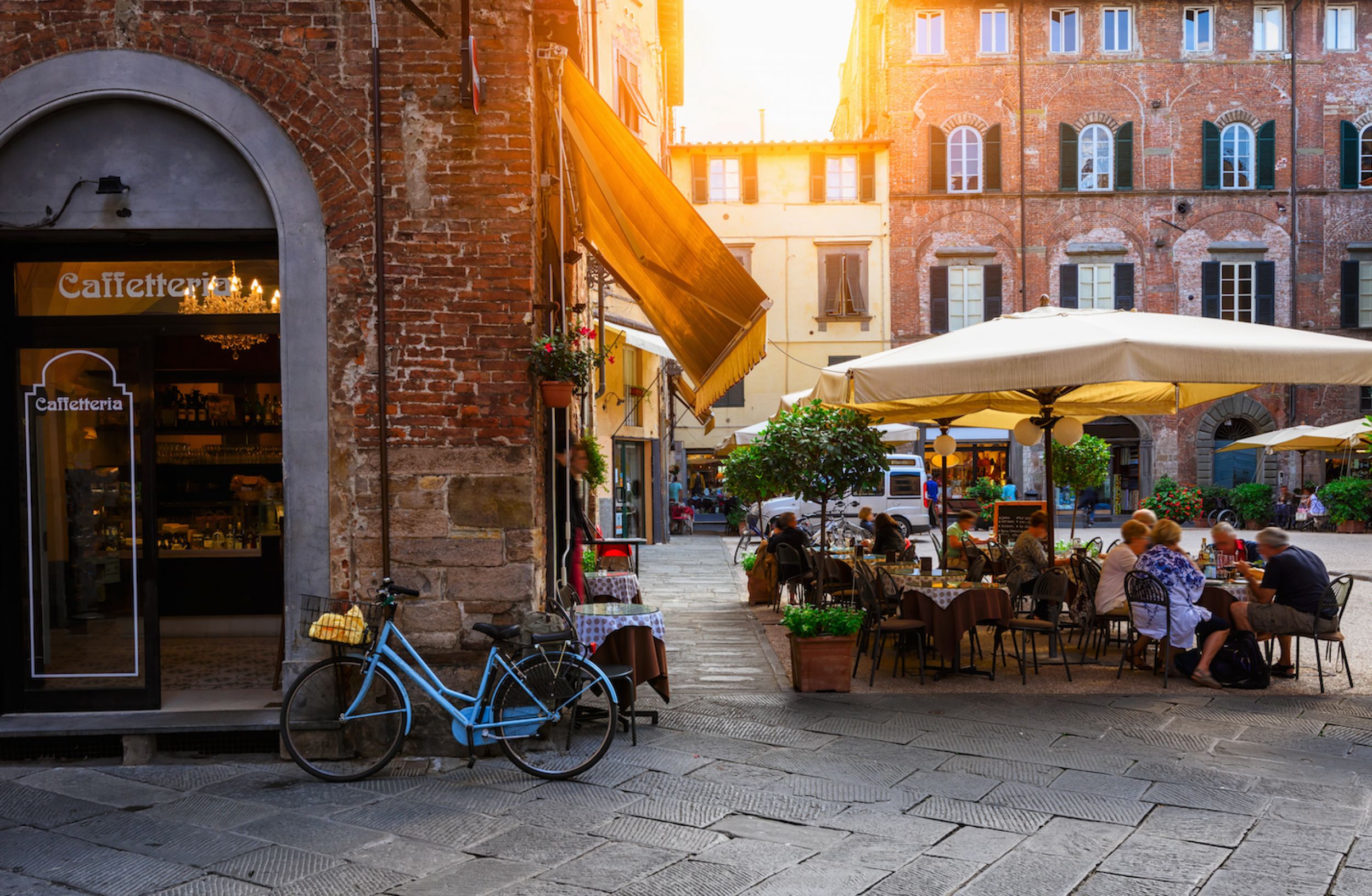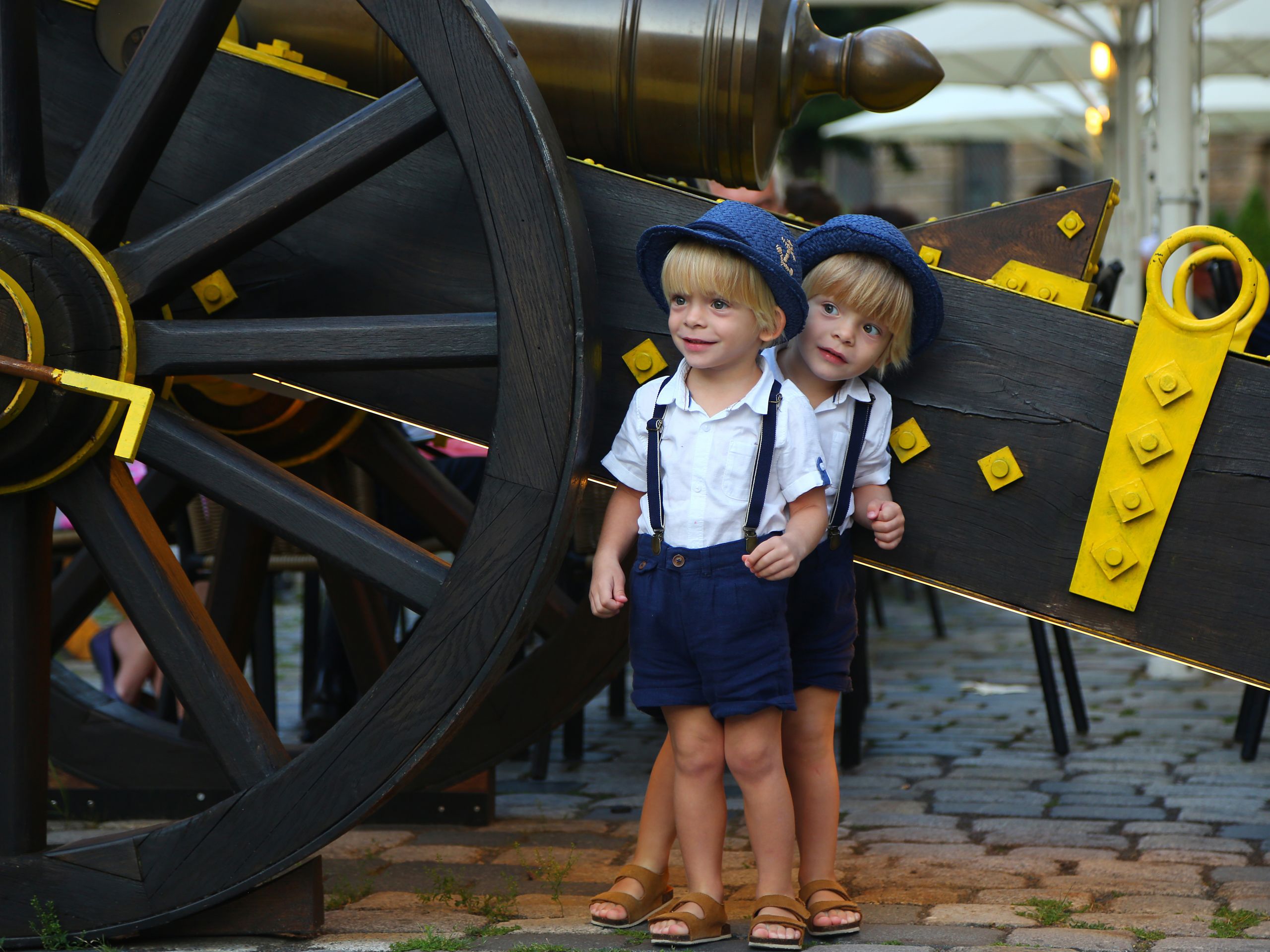Lima Beaches
The coastline of Lima and its surroundings is over 3,000 km long, but it’s almost impossible to swim here. Who’s to blame? The above-mentioned cold Humboldt Current. There are some exceptions though: a few beaches in the northern part of the suburbs, which the warm El Niño current flows by. But even these places are only comfortable to swim at certain times of the year.
Moreover, the Pacific Ocean is unquiet near Lima. High waves rise here all the time, which makes the waters unsafe for swimming. However, the coast is popular with surfers. We often saw people in wetsuits trying to catch a wave. By the way, international windsurfing competitions are held here every year.
Although there’s no opportunity for traditional beach recreation, the coast of Lima is worthy of attention. Frowning rocks and high waves, crashing noisily against the gigantic boulders, create fantastic scenery that can be admired for hours.
There are one-day tours from Lima and Callao—a city in the Lima metropolitan area—to the Palomino Islands, small uninhabited islets that are about an hour boat ride from there. Rocky shores and Martian landscapes are not the only landmarks here. Palomino coasts are home to a huge colony of sea lions. Having approached the islands, you can see thousands of the animals lying lazily on rocks. It’s not allowed to get to the shore, but tourists can go down and swim with these amusing animals.
There are also other islands nearby, including San Lorenzo, El Frontón, and Cavinzas. These tiny patches of ground are inhabited by huge flocks of Peruvian pelicans and Humboldt penguins, so you can watch exotic animals in their natural habitat.
Zoning and Safety in Lima
Over the two weeks we spent in Lima, we didn’t get into any unpleasant or dangerous situations. The Peruvian capital turned out to be much more developed and safer than we had expected. The streets were well-lit even at night, and people didn’t hide in their houses.
However, it only holds true for developed districts: Miraflores, Barranco, San Isidro. That’s where tourists usually stay and wealthy Peruvians live. But Lima is divided into 43 districts, and not all of them are considered safe.
The capital consists of completely different areas. There are lively tourist streets, grey industrial areas—built with identical blocks of flats—as well as real shanty towns similar to Brazilian favelas consisting of adjacent half-destroyed houses. We managed to visit lots of cities in Latin America, but we’d never seen such clear zoning anywhere before.
Once we even got to one of the troubled districts by accident. Walking around the Old Town, we saw a crowd of locals moving in one direction and decided to follow them.
It turned out that those people were workers (probably in the tourist industry) who came back home, to their district, after work. Together with them, we walked to a bridge that, unlike the streets in the city centre, wasn’t lit—a dirty river full of clay and sewage seethed under it.
We decided to risk and cross the river. Within a second, we left the civilized capital and got to a real shanty town—dirty streets without pavements, which we could hardly push our pram on, rubbish, seedy houses with window bars. All of that was utterly different from the well-kept city centre.
We saw people cooking food right on the street along which sewage was flowing. Local shops resembled Cambodian-like establishments—goods were just piled on the floor of someone’s house.
As for locals, they looked at unexpected tourists with pure astonishment. We were as stunned as they were, as we got to a completely different world within just a minute. Having made a small detour around the district, we—deeply startled by the city’s sharp contrasts—decided to go back to the tourist area.
Barranco District
Located near Miraflores, the district of Barranco has a direct access to the ocean coast. In the 19th century, it was a popular place of recreation among the representatives of the city elite. Its beaches were considered the cleanest and most comfortable in the area.
Barranco still oozes that bohemian gloss today: cosy restaurants where wealthy citizens go for dinner, colourful stalls, observation platforms, traditional colonial buildings painted in bright, rich colours. All of that makes Barranco one of the most beautiful districts in the city.
By the way, the name of the district is translated as ‘ravine’. Barranco is indeed located on both sides of a ravine, over which the legendary Bridge of Sighs lies. They say the bridge is magic. If you make a wish and walk over it not breathing, your wish will definitely come true.
Barranco is a centre of artists, musicians, and other creative people. There are lots of mini-galleries, private exhibitions, and shops, where you can buy works by local painters.
Víctor Delfín’s House is a very interesting place where an original collection of art objects made of ceramics and metal is exhibited. However, the museum is famous not only for its collection of art objects, but also for the observation deck that has the best view of the highway meandering along the coast of the Pacific Ocean.
Every day, the streets of Barranco host dinner parties, art installations, concerts, dances, and open-air performances. After sunset, when the district is illuminated, it looks very atmospheric.
Supermarkets and Markets
Lima turned out to be a developed city with all possible modern amenities, including huge shopping malls. Larcomar was one of the most remarkable malls. It’s located in Miraflores and is built on a slope of a rock. The building consists of several terraces placed on different levels which offer an amazing view of the ocean.
We also couldn’t help visiting local markets that are famous for their colour. We were able to find everything we needed there—fresh seafood, vegetables, and fruit—at an affordable price (unlike in other Latin American countries, where only medications cost more).
Mercados Incas and Mercado Indias are considered the most popular markets among tourists. Goods from all over Peru are brought here.
There are handmade souvenirs, including Native American masks, woollen blankets and ponchos, china statuettes, etc. It’s interesting that most souvenirs in other countries are knick-knacks made in China. They are only formally related to the country they are sold in. It’s either a pyramid or the country’s flag or anything else that people associate with it.
However, in Peru, a souvenir market has its own authentic colour. Most goods are unique and it’s impossible to find them anywhere else in the world.
For example, Michael Jr and Robert instantly fell in love with Peruvian toy houses with tiny doors and shutters that can be opened. Having opened the door, you can see a scene with figures illustrating some Bible story or describing local history or traditions.
Later we saw such houses—only 4 metres tall—on the streets of Peru and during holidays. But the houses are not the only thing constituting the colour. Hats, blankets, musical instruments, bracelets, and necklaces are all absolutely unparalleled. These items are inspired by local culture, which is why they are so valuable.






Leave A Comment